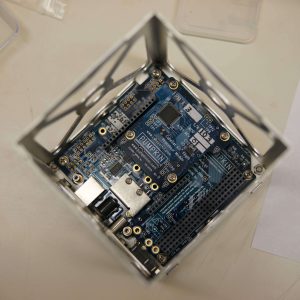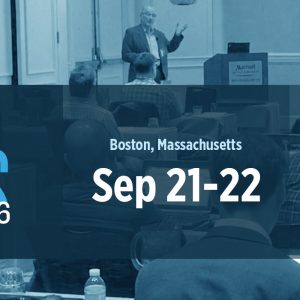
Ten Years of Using SPARK to Build CubeSat Nano Satellites With Students
My colleague, Carl Brandon, and I have been running the CubeSat Laboratory at Vermont Technical College (VTC) for over ten years. During that time we have worked with nearly two dozen students on building and programming CubeSat nano satellites. Because of their general inexperience, and because of the high student turnover rate that is natural in an educational setting, our development process is often far from ideal. Here SPARK has been extremely valuable to us. What we lack in rigor of the development process we make up for in the rigor of the SPARK language and tools. In November 2013 we launched a low Earth orbiting CubeSat. The launch vehicle contained 13 other university built CubeSats. Most were never heard from. One worked for a few months. Ours worked for two years until it reentered Earth's atmosphere as planned in November 2015.
